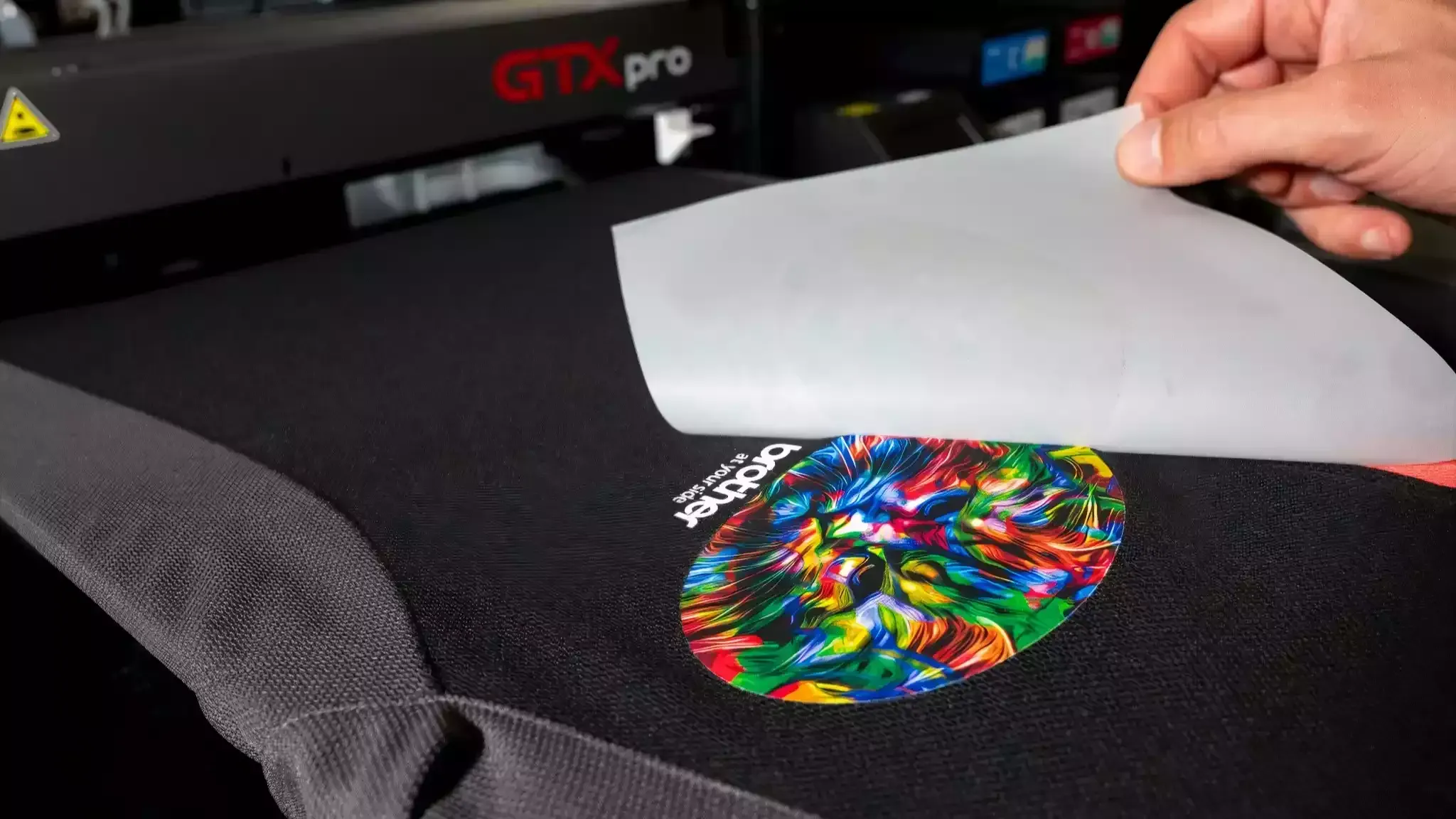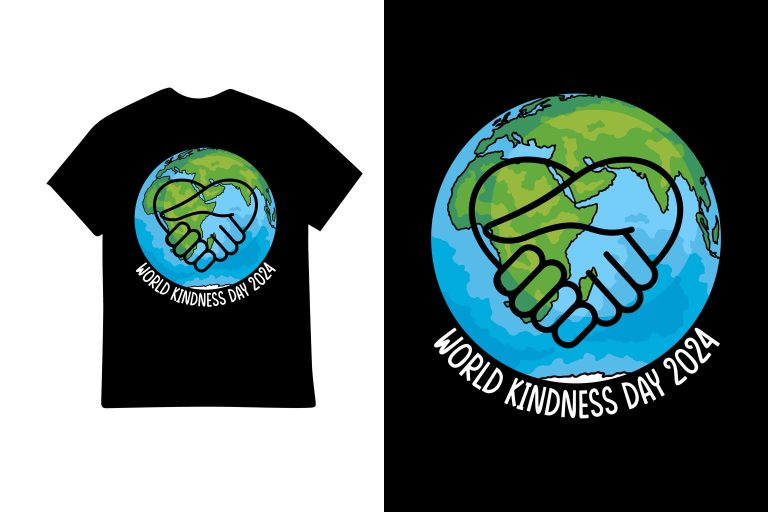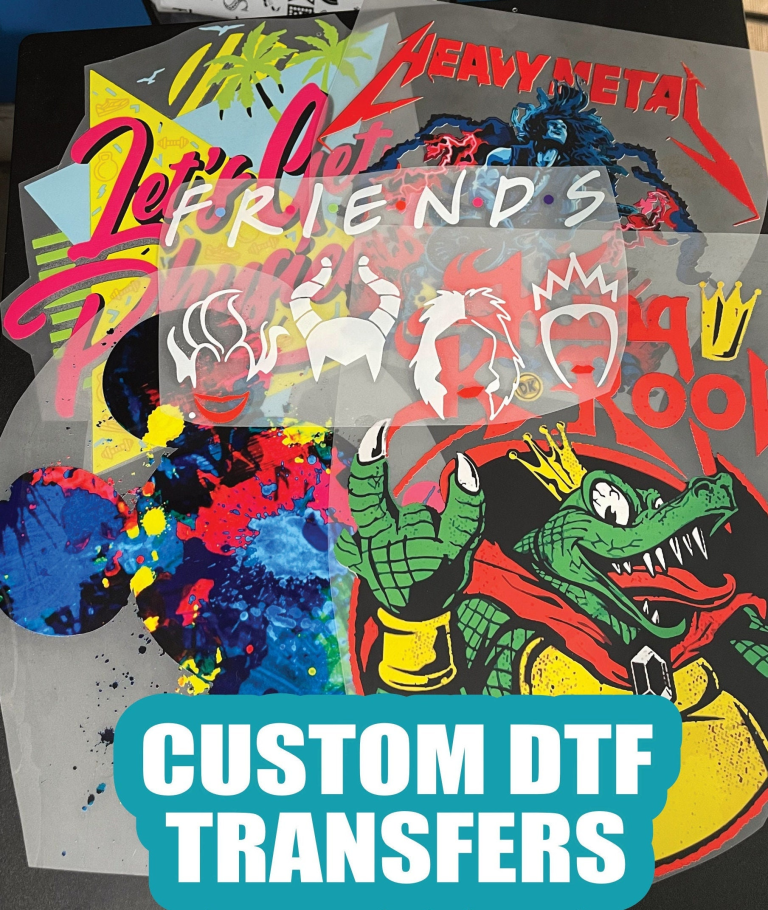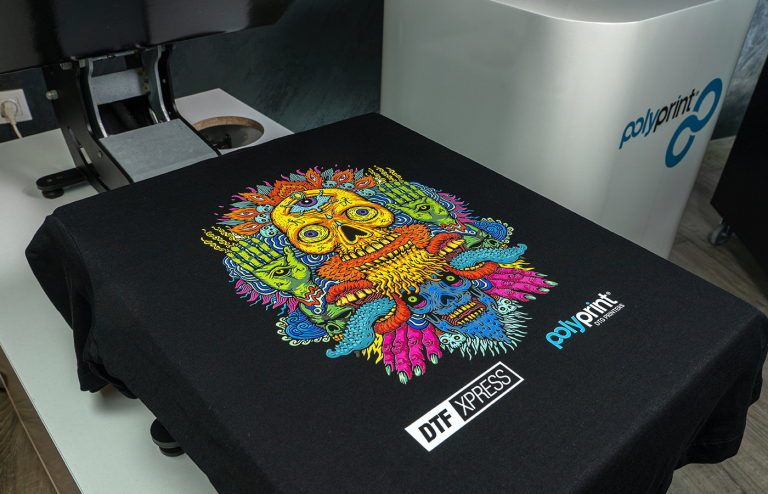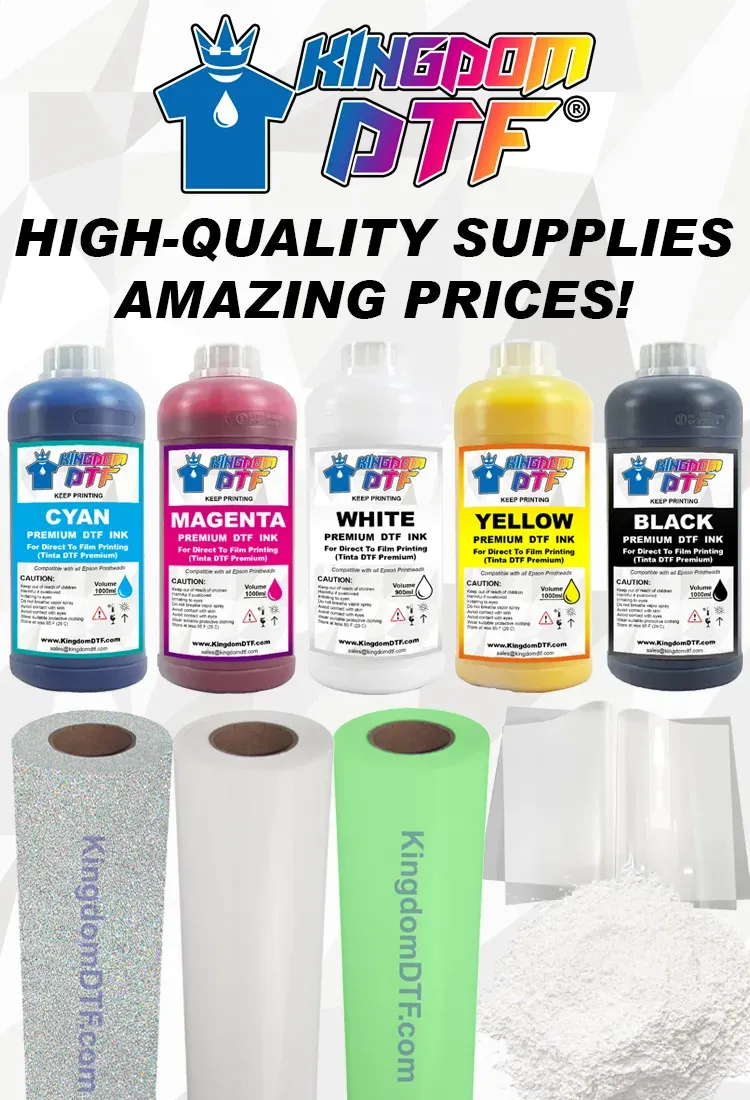DTF Printing: Essential Tips for Every Beginner
DTF printing, or Direct to Film printing, is revolutionizing the custom apparel industry with its ability to produce vibrant and intricate designs on fabric. This innovative method has captured the attention of both crafters and entrepreneurs, making it a go-to choice for those looking to personalize garments with stunning prints. For newcomers to this artistic field, understanding the fundamentals, like choosing the right DTF transfer film and applying effective DTF printing tips, plays a crucial role in achieving high-quality results. By utilizing techniques that enhance the heat transfer printing process, beginners can set themselves up for success while minimizing common pitfalls. In this guide, we will delve into essential strategies to unlock the full potential of your DTF printing endeavors.
Commonly referred to as Direct to Film printing, this technique has gained popularity due to its versatility and ease of use. Often associated with heat transfer methods, this printing style allows for detailed and colorful designs to be effortlessly transferred onto various textiles. If you’re just starting, knowing the ins and outs of beginner DTF printing can significantly impact the quality of your results, especially when selecting the appropriate DTF transfer paper. With its ability to streamline the printing process, DTF technology offers an accessible pathway for many aspiring designers to enter the world of custom printing. By mastering the fundamentals, you’ll learn how to create stunning apparel that stands out in a crowded market.
Essential Tools for Beginner DTF Printing
Starting your journey in DTF printing requires a set of fundamental tools that ensure successful results. At the forefront of these tools is a quality DTF printer, which is specifically designed to handle the unique demands of transferring prints onto film. A desktop or wide-format printer that supports DTF inks will provide the versatility needed for various projects. Additionally, investing in high-quality DTF transfer films and transfer paper is crucial, as these materials greatly influence the vibrancy and durability of your prints.
Beyond the printer, you’ll also need a reliable heat press. Look for a heat press that allows you to control temperature, pressure, and timing to achieve optimal results. It’s essential to have accessories like Teflon sheets to protect your designs during heat application and tools for cleaning and maintaining your equipment to ensure consistent performance over time.
Understanding DTF Transfer Film
DTF transfer film is a key component of the DTF printing process, acting as the medium that carries your design from the printer to the fabric. These specialized films come in different types—matte, glossy, and clear—to adapt to various fabric needs and styles. Choosing the right DTF transfer film can affect not just the look, but the adhesion and overall durability of the print, so it’s essential to select a film that matches your desired output.
When working with DTF transfer films, it’s important to understand their compatibility with different fabrics. While these films work well on cotton and polyester, certain blends might require specific films to achieve the best results. Being attentive to this detail can save you potential failures and ensure your designs last longer, maintaining their vibrant colors and quality wash after wash.
Top DTF Printing Tips for Beginners
As a beginner in DTF printing, following tips specifically tailored for your level can vastly improve your experience. Start by practicing with smaller projects to build confidence in your skills. Focus on mastering the fundamentals, such as selecting the right printer settings and creating appealing designs that are optimized for DTF transfer techniques. It’s also beneficial to familiarize yourself with the pre-treatment process, ensuring that each fabric is clean and in optimal condition for the transfers.
Experiment with different settings and materials to see how they affect your prints. Keeping a journal of your printing experiences can help track what works best and allow you to refine your process over time. Don’t forget to engage with online communities and forums that focus on DTF printing; they can provide valuable insights and troubleshooting tips for common problems.
The Importance of Maintaining Your DTF Equipment
Proper maintenance of your DTF printing equipment is critical to ensure high-quality prints and longevity of your tools. Regularly check your printer’s nozzles for clogs and clean the print heads as recommended by the manufacturer. Maintaining your heat press is equally important; a clean and well-maintained press will apply even heat and pressure, which is essential for successful transfers.
In addition to cleaning, keep your workspace organized. A cluttered environment can lead to contamination of materials, affecting the quality of your prints. By routinely maintaining your equipment and workspace, you enhance your printing performance and prevent unnecessary breakdowns or mishaps, ultimately maximizing productivity.
Exploring Heat Transfer Printing Methods
Heat transfer printing encompasses various techniques, including DTF, direct to garment (DTG), and traditional heat transfer vinyl (HTV) methods. Each method has unique advantages and considerations depending on your project needs. DTF printing, for example, provides the flexibility to work on different fabric types and offers vibrant, multicolored designs that are difficult to achieve with traditional HTV.
Understanding the differences between these methods can help you choose the most suitable one for your projects. While DTF printing often yields quicker results and requires fewer setup steps compared to screen printing, it’s crucial to understand its unique requirements, such as specific setup for temperatures and pressure during transfers to ensure high-quality outputs.
Continuing Education in DTF Printing
As the DTF printing industry evolves, so should your skills. Pursuing ongoing education through workshops, online courses, and tutorials designed for print makers can greatly accelerate your understanding and expertise. Many online platforms offer a wealth of information, covering everything from basic functionalities of printers to advanced design techniques.
Additionally, attending industry events and networking with other print enthusiasts can provide invaluable insights. These experiences not only keep you updated with the latest trends and technologies but also keep your creativity fueled, fostering new ideas for your DTF printing projects and helping you refine your finished products.
Frequently Asked Questions
What materials are needed for successful DTF printing?
To achieve great results in DTF printing, it’s essential to use quality materials such as high-quality DTF transfer film and DTF inks. These materials ensure vibrant colors and strong adhesion to fabrics. Make sure to select reputable brands like Avery or Ttransfer for the best outcomes.
How do I prepare my fabric for DTF printing?
Before beginning your DTF printing process, treat your fabric by cleaning it to remove moisture and debris. Using a lint roller or briefly ironing the fabric will help fluff it up, which enhances the adhesion of the DTF transfer film during heating.
What are the ideal heat and pressure settings for DTF printing?
For optimal results in DTF printing, set your heat press to approximately 320°F (160°C) and apply medium pressure for around 10-15 seconds. Always refer to the specific instructions provided with your DTF transfer paper for the best results.
What printer settings are recommended for high-quality DTF printing?
Setting your printer to high-quality output mode is crucial when engaging in DTF printing. Ensure that you’re using the appropriate printer profiles to maximize color accuracy and detail, which is key to capturing fine elements in your designs.
How should I cure DTF prints after application?
The curing process is vital in DTF printing as it allows inks to bond effectively with the fabric. Always adhere to the manufacturer’s guidelines regarding curing times after applying your DTF transfer; this ensures durability and longevity of the prints.
What maintenance should I perform for my DTF printing equipment?
Routine maintenance of your DTF printing equipment is key to ensuring consistent performance. Regularly check for clogged nozzles, clean the print head, and keep your workspace organized to avoid contamination. Proper maintenance will enhance your DTF printing results.
| Key Point | Details |
|---|---|
| What is DTF Printing? | A process where designs are printed onto film and transferred to fabric using heat. It allows for printing on various materials and is more cost-effective than traditional screen printing. |
| 1. Choose Quality Materials | Invest in high-quality DTF transfer films and inks to ensure better adhesion and vibrant colors. |
| 2. Pre-Press Treatment | Ensure fabric is clean and moisture-free for better adherence of the transfer. |
| 3. Temperature and Pressure Settings | Set heat press to around 320°F (160°C) with medium pressure for 10-15 seconds. |
| 4. Print Configuration | Use high-quality output mode on printer to capture fine details. |
| 5. Curing Process | Properly cure transfers to ensure inks bond with fabric, following manufacturer guidelines. |
| 6. Proper Application Technique | Apply transfer with even pressure to achieve high-quality results. |
| 7. Multiple Layers | Wait for each layer to cure before applying the next for durability. |
| 8. Maintain Equipment | Routine maintenance of printers and heat presses ensures consistent printing performance. |
Summary
DTF printing is a transformative method for anyone looking to create eye-catching apparel with ease. By focusing on essential practices such as selecting high-quality materials, applying proper heat settings, and ensuring thorough maintenance of your equipment, beginners can achieve stunning results that stand the test of time. Engaging in ongoing education and adapting to industry trends ensures that your skills and output remain relevant and competitive in the evolving world of DTF printing. As you embark on this creative journey, embrace the possibilities that DTF printing offers and enjoy bringing your unique designs to life.

